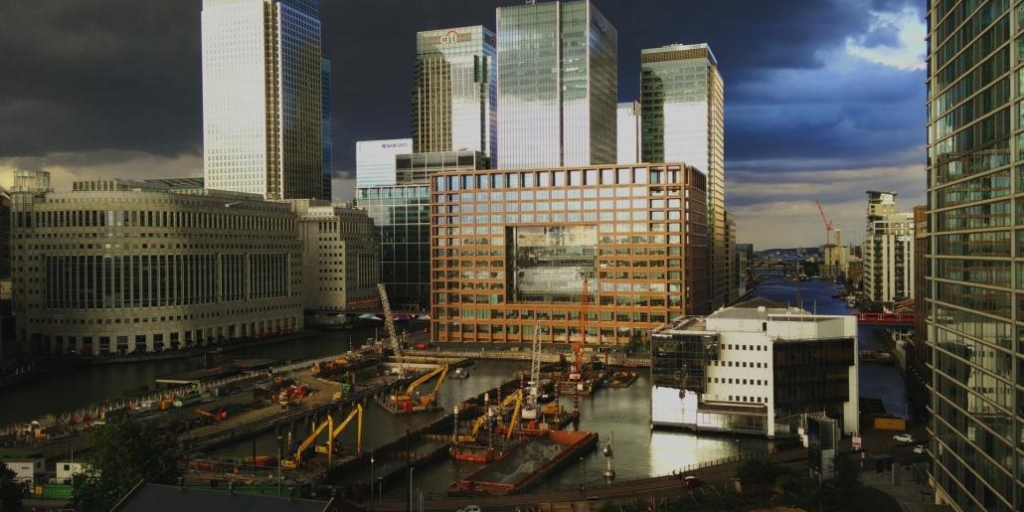Taking out commercial latent defects insurance alongside a collateral warranty makes more sense in the current climate.
A latent defect is one that appears in a building after it has been completed and that is not discoverable at the time of its completion.
Latent defect insurance provides cover for damage as a result of defective design, workmanship or materials, not discovered before practical completion. The policy period is usually 10/12 years and can be extended to include; Loss of Rent, Component cover and Mechanical & Engineering damage.
It is becoming very popular with developers and investors as it provides cover for the owner of a new building should their investment suffer from damage caused by a defect in design workmanship or materials. The client has the comfort that there is a first party insurance policy in place to correct that defect.
Benefits of cover for commercial and mixed use developments
- First party insurance
- No delays over remedial works or establishing blame
- No need to prove who is liable
- No doubt over the ability to pay (insured by A rated underwriters)
- Avoid delays in settlement
- Meets tenant / owner requirements under full repairing lease
In addition:-
- Allows you to free up capital
- Makes re-sale more attractive
- Helps attract tenants as they are protected
- Policy is transferable as this stays with the building
The cost range is between 0.75% – 1% of the sum insured dependent on the type of project, experience of the contractor and financial strength of the developer / investor. In particular, the ability to obtain immediate payment without establishing breach of contract or negligence is attractive in the current market where there is the potential for insolvency within the professional team and supply chain.
Giles Fallan, Managing Director of London Belgravia Brokers commented:-
‘We have seen an significant increase in funding partners requesting this type of insurance as it provides all involved with first part insurance in the event of a defect. With nearly 20% of building firms filing for bankruptcy in 2018- this will mean the collateral warranty becomes void and in the event of a defect can leave the tenant, owner or funder liable to pay the works to be remediated. Having latent defects insurance will provide piece of mind to all’

